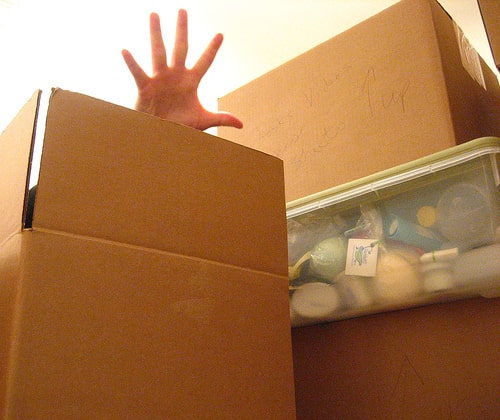Pack Like a Pro

Various moving approaches come with their own sets of requirements. For relocating families, the first order of business is deciding whether to hire professional packers and movers, or to undertake the tasks themselves. In theory, hiring pros frees you up to accomplish other moving duties like preparing your home for sale, but professional packers come with a price tag. Is it worth it to hire them?
Tight timetables, like those created by work-related moves, require as much outside help as possible – to get you on the job quickly. But not every move comes with a relocation allowance. In many cases, the most cost-effective strategy is to roll up your sleeves and pack-up belongings yourself.
Self-sufficient moving efforts don’t leave anything on the table when professional packing techniques are used. Safely landing possessions at their new location is easily accomplished using proven professional methods.
Packing Organization
Organization sets the stage for moving success, taking the guess-work out of packing and preparing. Take stock of your possessions first, creating a master inventory list of your belongings. The catalog provides a valuable cross-reference for unpacking at your new home, but it also documents the contents of your move, in case there are problems in-transit.
To start family members packing, assemble packing materials like heavy-duty packing tape, portable wardrobe boxes, and filler well in advance. Keep felt-tip markers on hand for writing labels, and acquire unprinted newspaper for use wrapping glassware and other breakable items.
Box It Up
Until you start preparing to move, specialty boxes are the furthest things from your mind; but various sizes and varieties make the job easier. Whether to buy new moving boxes, or simply tap local liquor and wine stores for used versions depends on budget, convenience, and personal preference. In any case, stocking-up on boxes of assorted sizes is an essential first step toward professional packing.
Regardless of whether they are to be toted by movers or family members, boxes should never be packed heavier than 40 pounds each – accounting for the weight of contents as well as packing materials.
Labeling strategies need not be limited to cryptic abbreviations scrawled across box tops. Instead, take the time to include more information, facilitating easier offloads at your destination. Include your name on boxes too, in case you become separated from your belongings along the way.
Shredded paper, bubble-wrap and craft paper each furnish shock absorbing materials for filling voids in boxes. Professional packers line the bottoms of boxes with a couple inches of fill before placing items in them – a step often overlooked by self-packers.
Pack a Container of Essentials
As if preparing for a camping trip, pack an essentials box containing items your family will need immediately upon arrival at your new home. The parcel should include linens and changes of clothes, as well as silverware and basic kitchen necessities. Toiletries and other bathroom essentials, like shower curtains and towels should also be included.
You never know what you’ll run in to during the first couple days at your new home, so include a comprehensive set of tools among your essentials.
Taking a do-it-yourself approach to packing does not compromise your belongings, provided professional packing strategies are used.